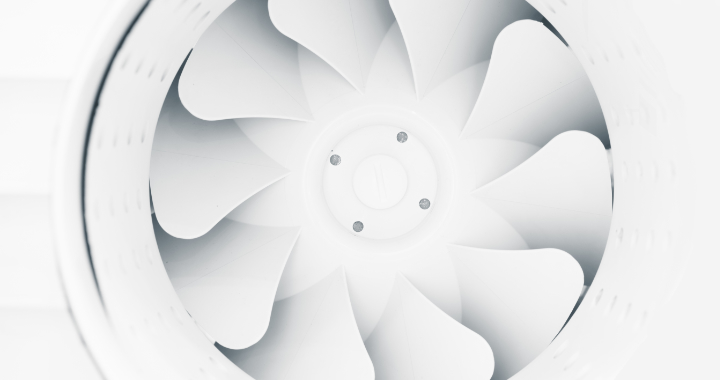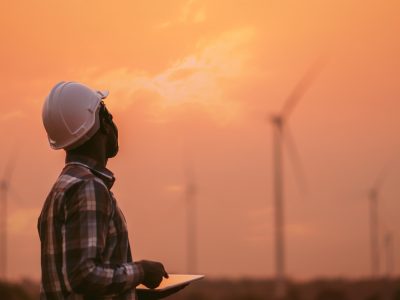Ten years ago, Mircea Dinca (from MIT) created Transaera, a start-up that uses a class of materials capable of creating a more energy-efficient air conditioner. This new kind of device is said to have one-fifth the climate impact of traditional air conditioners.
With temperatures rising and incomes continuing to rise in developing countries, it is estimated that the demand for air conditioners will triple by 2050. This is especially worrisome since air conditioners are a major source of greenhouse gas emissions and already account for nearly 20% of electricity consumption in buildings worldwide. It is true that the technology used in these devices has not evolved much since its invention 100 years ago. At the time, it was not even suspected that human activities could have an impact on the atmosphere and the climate.

The Massachusetts Institute of Technology (MIT) professor’s invention, which made him a finalist for the Global Cooling Prize, promises to make air conditioning compatible with the new environmental requirements.
MOF: a new material with a future
Air conditioners don’t just cool indoor air. They also dry the air they cool. Conventional machines use an evaporator that extracts water from the air by condensation. And this air must be much colder than the desired room temperature for the moisture to condense. This step consumes about half the electricity needed by traditional air conditioners to produce cold. With MOF, a material developed by Transaera, moisture is passively collected as the air enters the system. The waste heat from the machine is then used to dry the material for continued use. All you had to do was think about it. And the right material.
#Transaera, #airconditioning, #innovation, #ecology,









